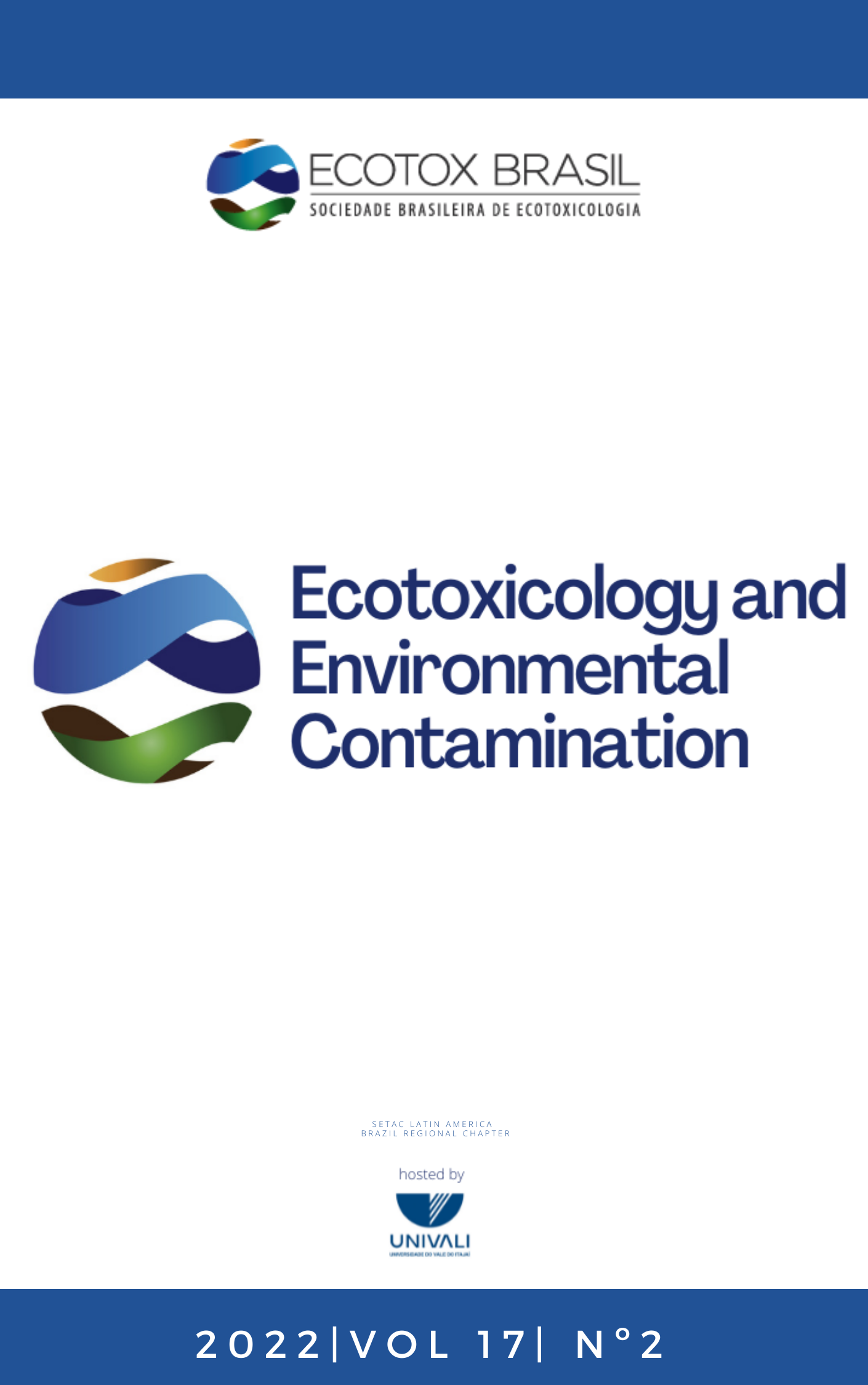Critical Review: Regulatory Differences Among Countries Expose the Permissiveness in the Use of Hazardous Pesticides in Brazil
DOI:
https://doi.org/10.5132/eec.2022.02.02Palabras clave:
Acute toxicity; agricultural nations; approval status; hazardous pesticides; toxicological reclassification.Resumen
This critical review warns of differences in pesticide registration and approval among major agricultural nations and
classifications based solely on acute toxicity, which masks the risk of exposure to unapproved hazardous pesticides. It presents (a) the approval status of active pesticide ingredients (AI) in Brazil (BR) compared to other agricultural nations (e.g. European Union, USA and China); (b) the toxicological reclassification scenario of commercial pesticides in BR, and (c) the toxicological category of commercial pesticides in BR, with AI not approved for use in the three analyzed nations. A list of approved and not approved AI for use in Brazilian agriculture was compiled from the ANVISA website, and a comparison of the approval status among the agricultural countries was performed. Additionally, the number of commercial pesticides in classes/categories was compared before and after the toxicological reclassification from the ANVISA toxicological reclassification list. Among AI approved in BR, approximately 46.6% are “not approved” for use in at least one analysed nation. In addition, 43 pesticides (22,6%) were identified as approved in BR and not approved for use in two of the three nations. It is also noteworthy that nine pesticides (4,7%) are not approved for use in any of the three nations compared. Category 5, currently incorporated (product unlikely to cause acute harm), is the one that most absorbed products previously classified in Classes I (extremely toxic), II (highly toxic), and III (moderately toxic) (46.9%). Most formulations containing not approved active ingredients are classified in Categories 4 (slightly toxic) and 5 in BR. The negative effects that agrochemicals bring to the nation, such as on human health, or in wildlife, polluting water sources, and promoting a global problem by producing contaminated food, do not outweigh the economic benefits obtained by agribusiness.
Descargas
Descargas
Publicado
Cómo citar
Número
Sección
Licencia
Derechos de autor 2022 Ecotoxicology and Environmental Contamination

Esta obra está bajo una licencia internacional Creative Commons Atribución 4.0.
Copyright © 2006 ECOTOX-Brasil
Copyright notice: It is a condition for publication that manuscripts submitted to this journal have not yet been published and will not be simultaneously submitted or published elsewhere. By submitting a manuscript, the authors agree that copyright for their article is transferred to the Sociedade Brasileira de Ecotoxicologia (ECOTOX-Brasil) if and when the article is accepted for publication. The copyright covers the exclusive rights to reproduce and distribute articles, including reprints, photographic reproductions or any other reproduction of a similar nature, including translations. No part of this publication may be reproduced, stored in a retrieval system or transmitted in any form or by any means, electronic, mechanical, photocopying, recording or otherwise, without permission of the publisher.
Notice: While every effort is made by the EEC, editors and editorial board to see that no inaccurate or misleading data, opinions or statements appear in this journal, they wish to make it clear that the contents of the articles and advertisements published herein are the sole responsibility of the contributors or advertisers concerned. Accordingly, the EEC, the editorial board and editors and their respective employees, officers and agents accept no responsibility or liability whatsoever for the consequences of any inaccurate or misleading data, opinion or statement.




